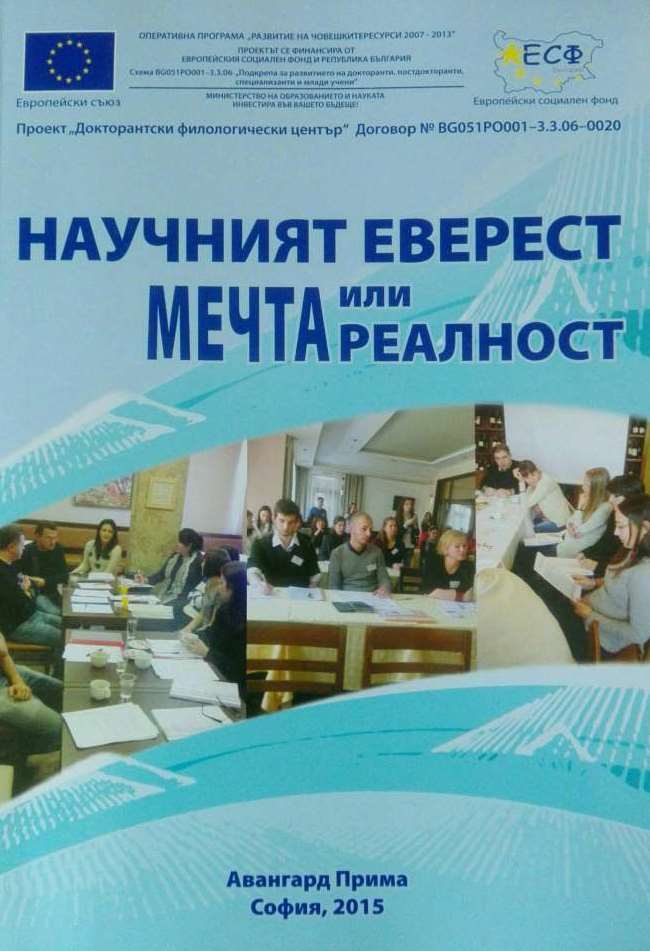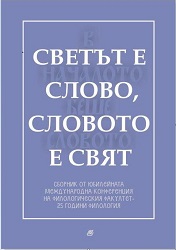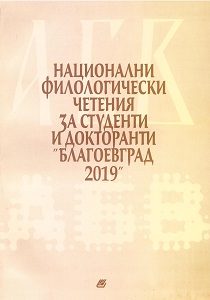
Падежната система в старобългарските граматики на Рудолф Айцетмюлер и Август Лескин
This report compares the presentation of the case system of the Old Bulgarian language in „Altbulgarische Grammatik” by Rudolph Aitzetmüller and „Grammatik der altbulgarischen Sprache” by August Leskien. It focuses on the category of the noun, the way of arrangement of the case system, as well as the lexical and graphical presentation of the studied data. The conclusions drawn from this research help the development of the study of the Old Bulgarian language grammar in the XX century.
More...


